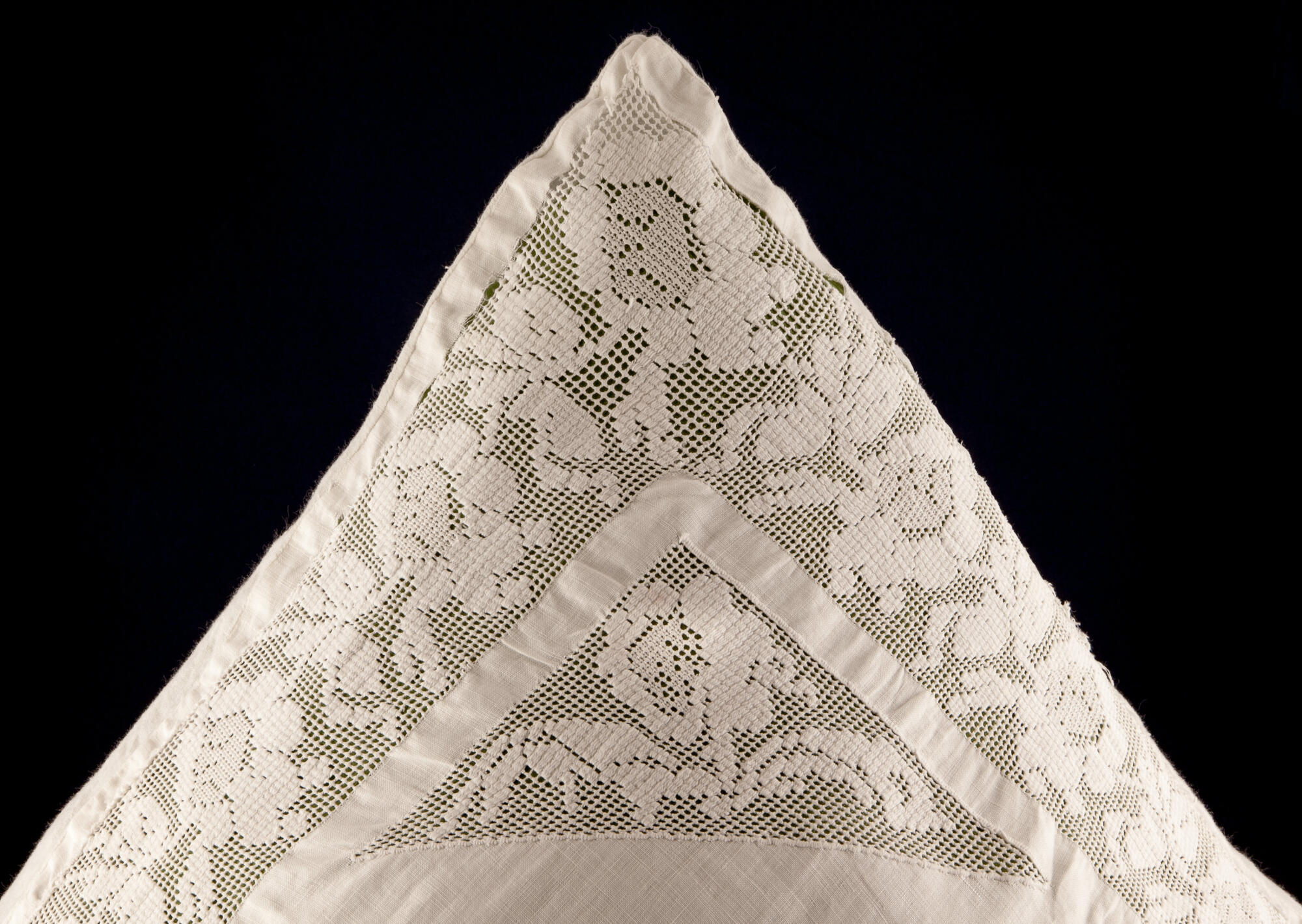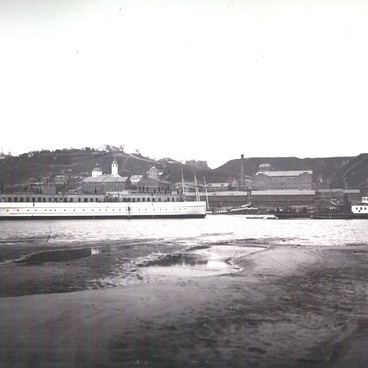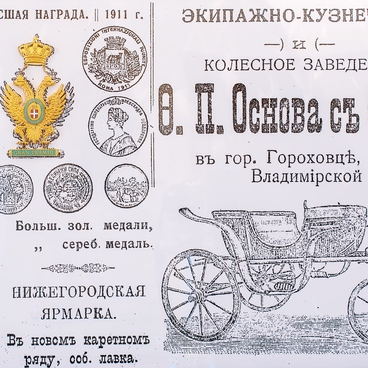In 1898, 1,052 seamstresses were registered in the Gorokhovets sheading, later their number only increased, because the girls started working early, from 7-8 years of age. In order to sew well and neatly one had to practice for years, and from the great stress the women workers often had red and blearing eyes. Previously the women were engaged exclusively in the cloth spinning. Someone by the name of Neshin introduced the sewing industry in Nizhny Landekh (now the Ivanovo region). No doubt the women in this area have long been engaged in this needlework, but only for themselves. Neshin was the initiator of sale of the handmade embroidered articles to the outside parties. He began to distribute a canvas to the peasants and paid them for embroidery. There are no special tools for the needlework. Only needles and embroidery hoops were needed. Some things were done to order, and the buyer told the woman worker about it, for such work she received 1.5 times more than usual, but the work had to be done cleanly and neatly.
The buyers of the handmade embroidered articles bought the linens and threads for the women workers themselves. If the threads remained, they went to the women workers and then the seamstresses sold the sewing spools in the market to the milkmen at half price, for 3-4 kopecks.
The buyer Eliseev penetrated with his goods abroad and received a bronze medal for a line at the Chicago exhibition, and also a large bronze medal at the Nizhny Novgorod exhibition in 1896.
The buyers of the handmade embroidered articles bought the linens and threads for the women workers themselves. If the threads remained, they went to the women workers and then the seamstresses sold the sewing spools in the market to the milkmen at half price, for 3-4 kopecks.
The buyer Eliseev penetrated with his goods abroad and received a bronze medal for a line at the Chicago exhibition, and also a large bronze medal at the Nizhny Novgorod exhibition in 1896.




